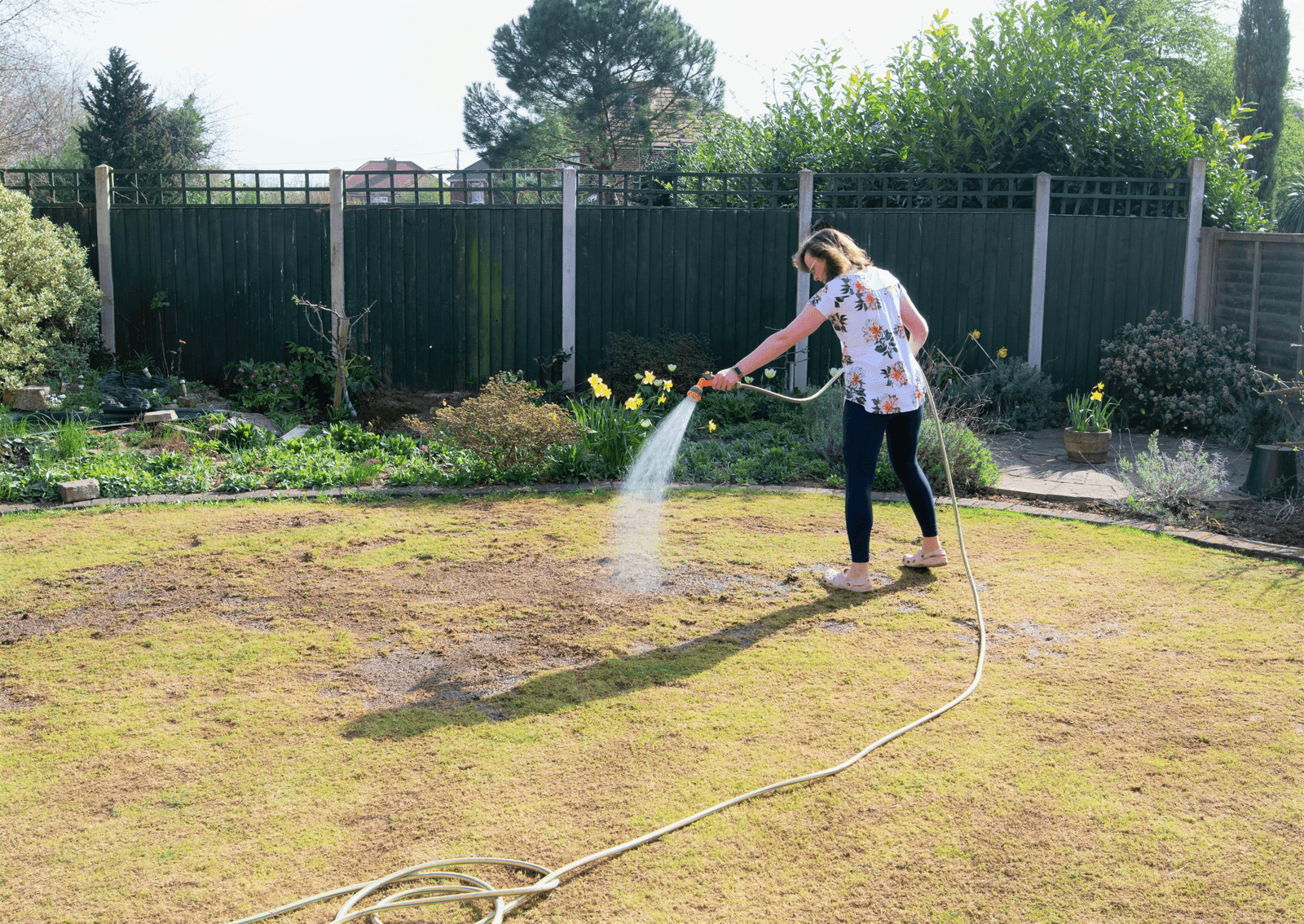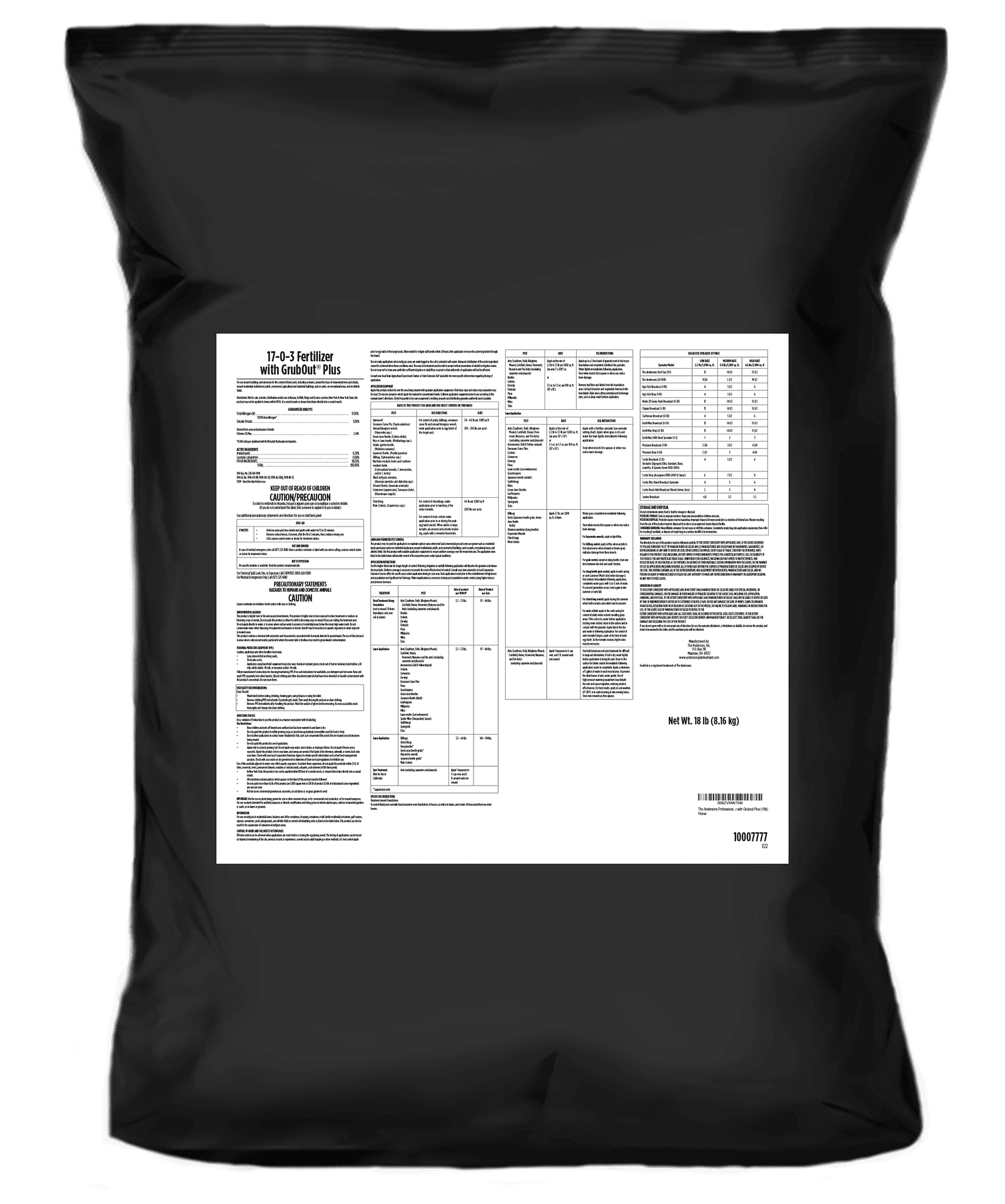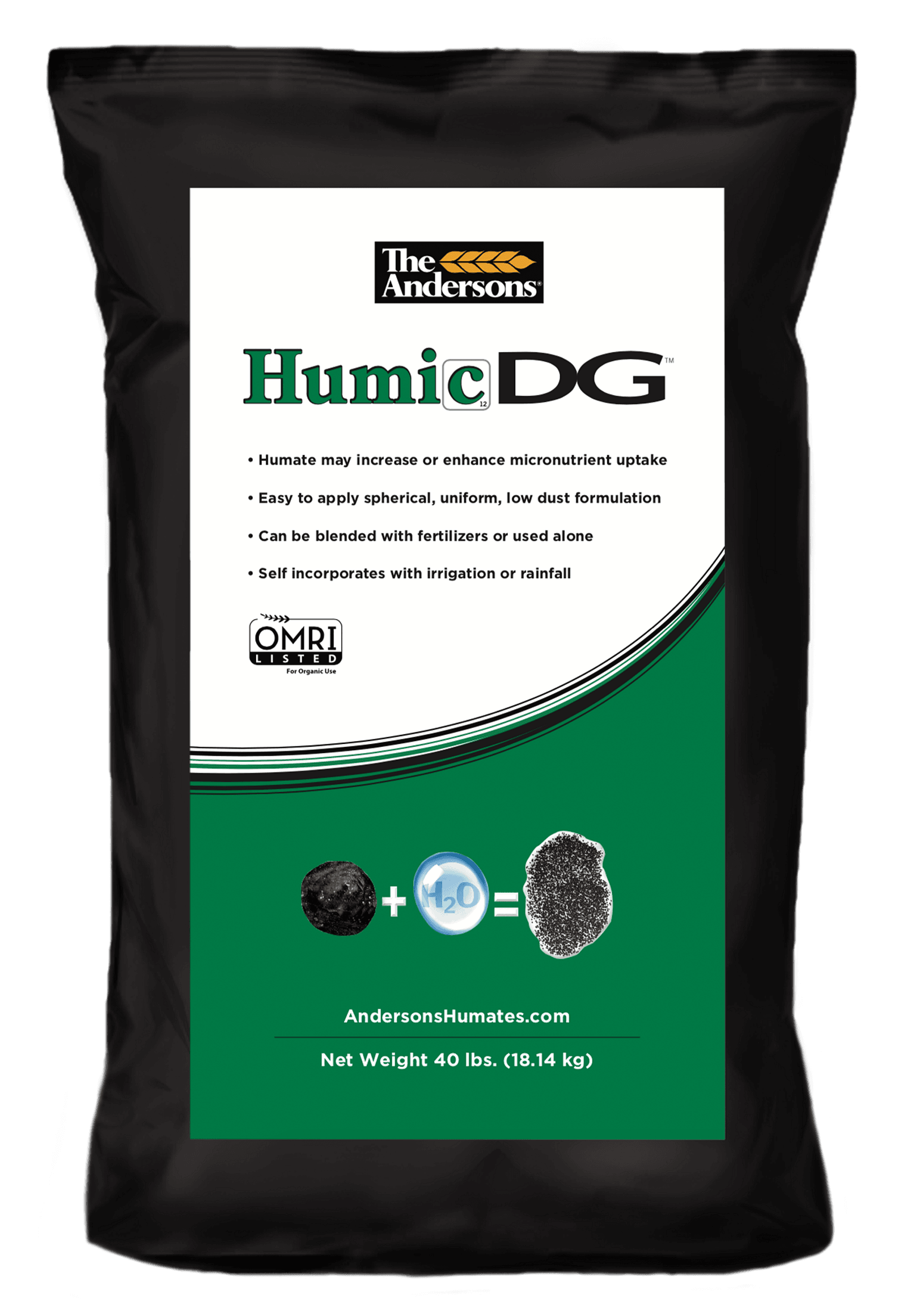Grubs, the larvae of various beetles, can wreak havoc on lawns and gardens if left unchecked. These subterranean pests feed on grassroots, causing unsightly brown patches and weakening the overall health of your turf. To combat grub infestations, homeowners often turn to preventative measures and treatments. Understanding the distinction between these approaches is crucial for effective grub control and maintaining a healthy lawn. In this blog post, we'll delve into the differences between grub preventatives and treatments, their respective benefits, and when to use each method.

Grub Preventatives
Grub preventatives, such as GrubOut Plus Lawn Food 17-0-3, are applied proactively to prevent grub infestations before they occur. These products typically contain insecticides or biological agents that are applied to the soil before adult beetles lay their eggs. They create a barrier that kills emerging grubs or prevents them from feeding on grassroots.
Some grass species and cultivars are naturally resistant to grub damage. Choosing these varieties for your lawn can help mitigate grub infestations without the need for chemical treatments.
Benefits of Grub Preventatives
- Proactive approach: Preventatives are applied before grub damage occurs, minimizing the risk of lawn damage.
- Long-term protection: Some preventatives provide season-long protection, reducing the need for repeated applications.
When to Use Grub Preventatives
- In areas with a history of grub infestations.
- Before peak egg-laying periods for adult beetles, typically in late spring or early summer.
- As part of a comprehensive lawn care regimen to maintain turf health and vigor.

Grub Treatments
Grub treatments, such as DuoCide®, are applied after grub infestations have been detected or when preventative measures have failed to control the population. These treatments aim to eliminate existing grubs and mitigate damage to the lawn. Common grub treatments include:
- Curative Insecticides: These products are designed to kill existing grub larvae in the soil. They may be applied as granules or liquid formulations and are typically watered into the soil for optimal effectiveness.
- Cultural Practices: Improving lawn health through proper watering, fertilization, and aeration can help reduce the impact of grub damage. Healthy turf is better able to withstand grub feeding.
- Overseeding: In severe cases of grub damage, overseeding bare patches with grass seed can help restore the lawn's appearance and fill in damaged areas.
Benefits of Grub Treatments
- Targeted control: Treatments specifically target existing grub populations, reducing lawn damage.
- Immediate action: Treatments can provide quick relief from active grub infestations, preventing further turf loss.
- Restoration of damaged areas: In addition to controlling grubs, treatments may aid in repairing lawn damage caused by feeding larvae.
When to Use Grub Treatments
- When grub damage is detected, such as brown patches of dying grass or the presence of grubs in the soil.
- After other preventative measures have failed to control the infestation.
- As part of a comprehensive lawn management plan to address existing pest issues and prevent future infestations.
Grub preventatives and treatments are essential tools in the battle against lawn-damaging grubs. By understanding the differences between these approaches and their respective benefits, homeowners can effectively manage grub infestations and maintain a healthy, vibrant lawn. Whether employing preventative measures to ward off future infestations or treating existing grub populations, proactive management is key to preserving turf health and beauty.






